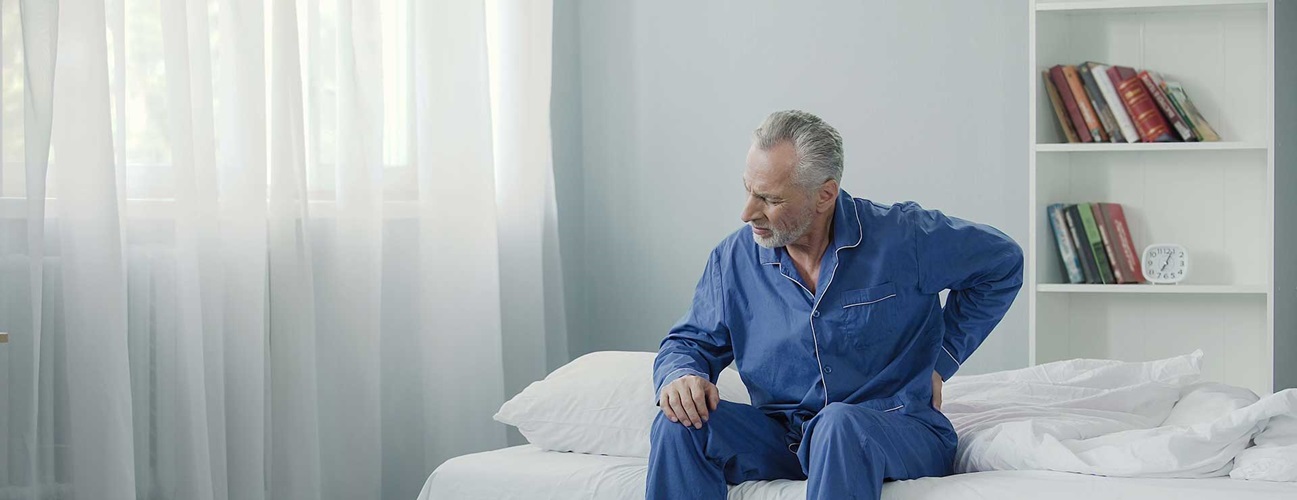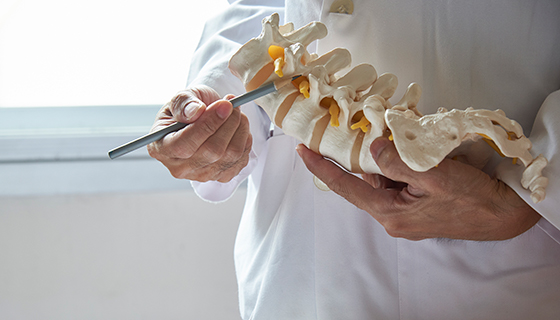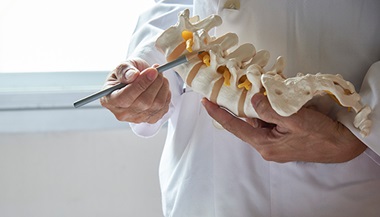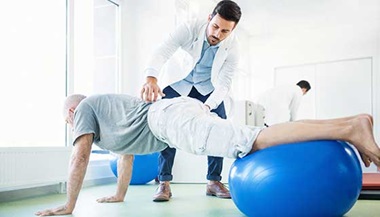Spinal Stenosis
What is spinal stenosis?
The bones of the spine create a channel for the spinal cord and nerve roots. Spinal stenosis is a narrowing of this channel, most commonly due to degenerative spinal disease associated with aging. In some cases, a person can be born with spinal stenosis.
What are the symptoms of spinal stenosis?
Spinal stenosis can put pressure on the spinal cord (resulting in myelopathy) or on nerve roots — the branches of the spinal cord that extend into the body (resulting in radiculopathy).
What are the risk factors of spinal stenosis?
The spinal cord is surrounded by bone from the vertebrae of your spinal column in the spinal canal. Each of the bones in your spinal column are connected at joints, with nerves that exit your spinal cord in nerve channels near these joints. As we age, arthritis can affect the vertebrae and spinal joints, causing narrowing of the spinal canal and nerve channels. In addition, spinal disks that cushion the space between the vertebrae gradually dry out and flatten, which can also put pressure on the spinal canal and nerves.
Spinal Stenosis Diagnosis
Your doctor may recommend the following tests:
- an X-ray to rule out other problems
- magnetic resonance imaging (MRI) for a detailed look at the spine and nerves that can show areas of stenosis
- computed tomography (CT) to evaluate the bones of the spine that may cause stenosis
Spinal Stenosis Treatment
Mild cases of stenosis may be treated with nonsurgical approaches. A combination of exercise, lifestyle changes, hot and cold treatments, injections or oral medication can help control your symptoms.
It’s very important to take any medications exactly as your doctor prescribes them, since many pain medicines and muscle relaxers can cause side effects, especially when used for a long time.
For advanced stenosis, your doctor may recommend surgery, which may include removal of a small section of bone to relieve pressure (laminectomy). Sometimes, large areas of bone are removed and metal hardware is inserted to provide strength and support for the spine (spinal fusion).
Minimally invasive spine surgery uses smaller incisions and microscopic instruments to treat stenosis. This technique is appropriate for some patients and may offer a lower risk for complications and a potentially faster recovery time than conventional open surgery procedures.






